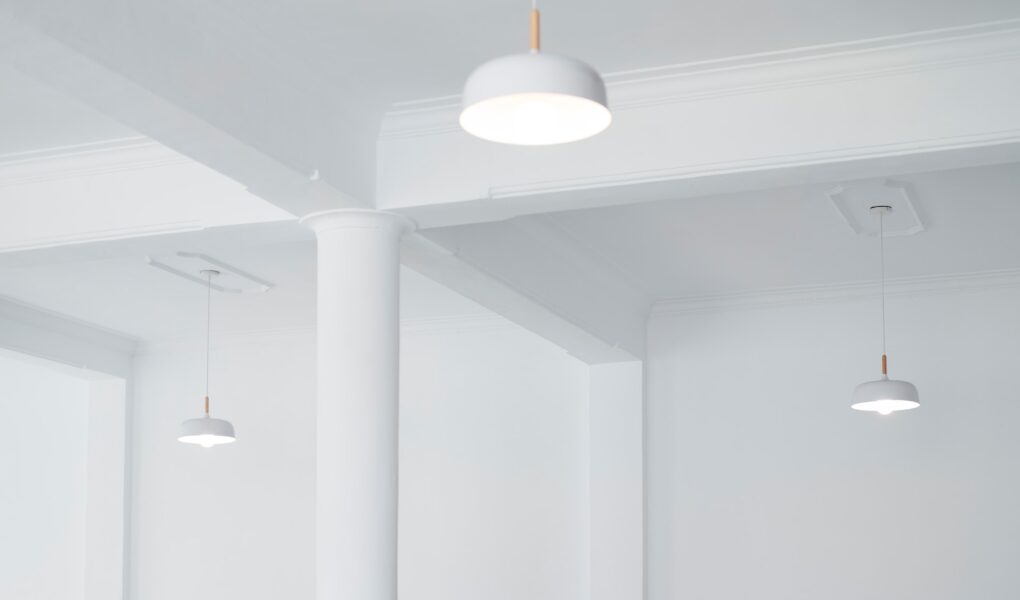When it comes to home interior design, there’s one feature that can truly elevate the look and feel of a room: tray ceilings. These architectural wonders have the power to add that ‘wow’ factor to your home, making it stand out in the most elegant way possible.
What Are Tray Ceilings?
Tray ceilings, also known as recessed ceilings or inverted ceilings, are a popular architectural feature in modern home design. They get their name from their resemblance to an upside-down tray. These ceilings are characterized by a central portion that is either raised or lowered compared to the surrounding ceiling, creating a unique and eye-catching effect. The wow factor of a tray ceiling cannot be denied!
Key Features of Tray Ceilings:
- Central Portion: The central part of the ceiling is the focal point, often shaped in various ways like rectangles, squares, or even ovals.
- Crown Molding: Many tray ceilings incorporate decorative crown molding along the edge where the central portion meets the outer ceiling.
- Lighting Opportunities: Tray ceilings offer excellent opportunities for ambient lighting, making your room feel more inviting.
- Architectural Interest: They add architectural interest and can make a room feel more spacious and grand.
Now that you have a basic understanding of tray ceilings, let’s delve into how you can incorporate them into your home and make a lasting impression.
Choosing the Right Room
Before you start adding a tray ceiling to your home, it’s important to consider which room would benefit the most from this stunning feature. While tray ceilings can enhance the beauty of almost any space, they work exceptionally well in the following rooms:
1. Living Room
Tray ceilings in the living room can create an air of elegance and sophistication. They draw the eyes upward, making the room feel larger and more inviting.
2. Dining Room
Adding a tray ceiling to your dining room can make meal times feel like a special occasion. Plus, it provides an excellent canvas for a stunning chandelier that can become the centerpiece of the room.
3. Master Bedroom
Transform your bedroom into a luxurious retreat with a tray ceiling. You can incorporate soft lighting to create a cozy and romantic atmosphere.
4. Home Office
If you have a home office, a tray ceiling can elevate the space and make it feel more professional. It’s a great way to make your workspace inspiring and aesthetically pleasing.
Designing Your Tray Ceiling
Now that you’ve chosen the room, it’s time to get creative with the design of your tray ceiling. Here are some design ideas to consider:
1. Geometric Shapes
Tray ceilings don’t have to be simple rectangles. You can opt for more complex geometric shapes like octagons or hexagons for a unique and contemporary look.
2. Color Contrast
Painting the central portion of your tray ceiling in a contrasting color can create a visually striking effect. Choose a color that complements the room’s overall color scheme.
3. Crown Molding
Crown molding isn’t just for the edges. Consider adding decorative crown molding within the central portion of the tray ceiling to enhance its elegance.
4. Lighting
Incorporate ambient lighting within the tray ceiling to create a warm and inviting atmosphere. Recessed lights, LED strips, or a stylish chandelier can all work beautifully.
Installing Your Tray Ceiling
Now that you’ve designed your dream tray ceiling, it’s time to bring it to life. While this is a project best left to professionals, understanding the basic steps can help you make informed decisions and communicate effectively with your contractor.
1. Consultation and Planning
Begin by consulting with a contractor or architect who specializes in tray ceiling installations. They will help you finalize your design and create a detailed plan.
2. Framing
The first step in construction is framing. Your contractor will create the framework for the tray ceiling, ensuring that it is level and structurally sound.
3. Electrical Work
If you plan to include lighting in your tray ceiling, this is the time to do the electrical work. Wiring will need to be installed to accommodate the fixtures you’ve chosen.
4. Drywall Installation
Once the framing and electrical work are complete, drywall is installed to create the shape of the tray ceiling. The seams are then taped and smoothed to create a seamless appearance.
5. Crown Molding
If you’ve chosen to include crown molding in your design, this is the stage where it is added. It’s important to ensure that it is installed accurately and securely.
6. Finishing Touches
After the tray ceiling structure is complete, it’s time for finishing touches. This includes sanding, priming, and painting to achieve the desired look.
7. Lighting Installation
If you’re incorporating lighting, the fixtures are installed at this stage. Your chosen lighting elements will greatly influence the ambiance of the room.
8. Final Inspection
Before considering the project complete, a final inspection is conducted to ensure that everything is up to code and meets your expectations.
Decorating and Styling
With your tray ceiling installed, it’s time to bring the room together and make the most of this captivating feature.
1. Paint and Color
Choose paint colors that complement your tray ceiling design. Soft, neutral colors often work well to create a balanced and elegant look.
2. Furniture Placement
Consider how your furniture interacts with the tray ceiling. Ensure that it doesn’t obstruct the view of this beautiful architectural feature.
3. Lighting
Experiment with lighting to create the right mood. Dimmers can be particularly useful for adjusting the level of ambient lighting in the room.
4. Art and Décor
Hang artwork or decorative elements that draw attention to the tray ceiling. Mirrors and statement pieces can be excellent choices.
Maintenance and Care
To keep your tray ceiling looking its best, it’s important to perform regular maintenance. Here are some tips to help you maintain the beauty of this feature:
- Cleaning: Dust and dirt can accumulate on the surfaces of your tray ceiling. Use a long-handled duster or a vacuum cleaner with a brush attachment to gently remove dust.
- Paint Touch-Ups: Over time, paint may chip or fade. Keep some extra paint on hand to touch up any imperfections.
- Lighting Maintenance: If you have integrated lighting fixtures, check them periodically to ensure they are functioning properly.
Conclusion
Tray ceilings have the remarkable ability to add a touch of elegance and sophistication to any room. Whether you choose to install a tray ceiling in your living room, dining room, bedroom, or home office, the result will be nothing short of breathtaking.




